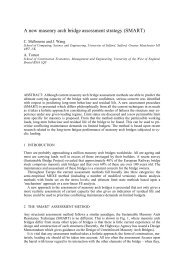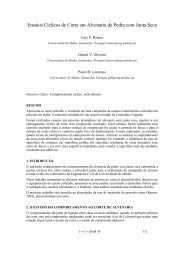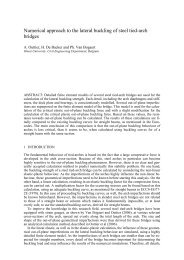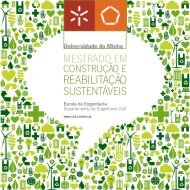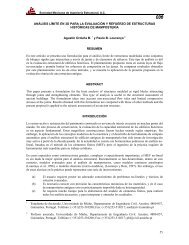Sustainable Construction A Life Cycle Approach in Engineering
Sustainable Construction A Life Cycle Approach in Engineering
Sustainable Construction A Life Cycle Approach in Engineering
Create successful ePaper yourself
Turn your PDF publications into a flip-book with our unique Google optimized e-Paper software.
2.2.1. Solar shad<strong>in</strong>g<br />
Solar shad<strong>in</strong>g is an effective energy saver all year round. In summer it can cut the amount of<br />
heat enter<strong>in</strong>g a build<strong>in</strong>g and <strong>in</strong> w<strong>in</strong>ter it can decrease heat loss. In both cases, the need for additional<br />
climate control measures is substantially reduced.<br />
In w<strong>in</strong>ter, <strong>in</strong>telligent solar bl<strong>in</strong>ds will rema<strong>in</strong> open to let free solar energy <strong>in</strong>to the build<strong>in</strong>g<br />
dur<strong>in</strong>g the day, reduc<strong>in</strong>g energy requirements for heat<strong>in</strong>g. Once the sun has set, these will close,<br />
reduc<strong>in</strong>g heat loss and thus cont<strong>in</strong>u<strong>in</strong>g to save on the energy required for heat<strong>in</strong>g.<br />
Dur<strong>in</strong>g the day <strong>in</strong> summer, solar shad<strong>in</strong>g will help to keep excessive heat out of the build<strong>in</strong>g,<br />
which can dramatically cut the need for air condition<strong>in</strong>g. In the even<strong>in</strong>g, open<strong>in</strong>g the w<strong>in</strong>dows<br />
and the solar shad<strong>in</strong>g allows the build<strong>in</strong>g to flush any heat build-up, aga<strong>in</strong> reduc<strong>in</strong>g the need for<br />
air condition<strong>in</strong>g. ( RICS 2003)<br />
2.2.2 Innovative day-light<strong>in</strong>g systems<br />
Light shelves:<br />
• It is possible by means of comparatively <strong>in</strong>expensive build<strong>in</strong>g construction, to provide<br />
light shelves.<br />
• The light above reflected to the ceil<strong>in</strong>g to redistribute daylight further <strong>in</strong>to the room. It<br />
must be recognized that light shelves do not <strong>in</strong>crease the daylight factors <strong>in</strong> a room, but<br />
they alter the distribution, assist<strong>in</strong>g <strong>in</strong> gett<strong>in</strong>g light further towards the back of the room<br />
so that uniformity is improved. Light shelves are relatively cheap to <strong>in</strong>stall, and are less<br />
subject to damage than those used externally, but do require clean<strong>in</strong>g on a regular basis.<br />
Light pipes:<br />
Of all the methods of <strong>in</strong>novative day light<strong>in</strong>g, the light pipe has had the most universal application.<br />
It is basically a method of roof light<strong>in</strong>g, which by means of association with reflective<br />
tubes, directs the light to a lower level. It can be employed to direct light through several floors,<br />
this has the disadvantage of locat<strong>in</strong>g the pipes through the upper floors, tak<strong>in</strong>g up useful floor<br />
space. Light-pipe <strong>in</strong>stallations can be associated with a means of ventilation and also with<br />
sources of artificial light which take over after dark or when the daylight outside is <strong>in</strong>sufficient,<br />
us<strong>in</strong>g a light control system. (Littlefair,1994)<br />
2.2.3. Triple zero concept<br />
Triple Zero itself takes 3 messages, namely<br />
1. Zero Energy Build<strong>in</strong>g<br />
The build<strong>in</strong>g requires no (ZERO) energy. The energy generated from regenerative sources on<br />
and <strong>in</strong> the build<strong>in</strong>g or the immediate piece of property upon which the build<strong>in</strong>g stands is at least<br />
equal to the entire primary energy requirements of the build<strong>in</strong>g for heat<strong>in</strong>g, cool<strong>in</strong>g, hot water,<br />
auxiliary power and power for all typical domestic applications.<br />
2. Zero Emission Build<strong>in</strong>g<br />
The build<strong>in</strong>g produces no (ZERO) CO2 emissions. The reference value is the total primary<br />
energy demand, which is then converted to CO2 emissions. No burn<strong>in</strong>g processes are permitted<br />
<strong>in</strong> the build<strong>in</strong>g or on the property.<br />
3. Zero Waste Build<strong>in</strong>g<br />
No waste (ZERO) is produced when the build<strong>in</strong>g is be<strong>in</strong>g converted or deconstructed. At the<br />
end of their life cycle all build<strong>in</strong>g elements can be fully recycled without any components need-<br />
35


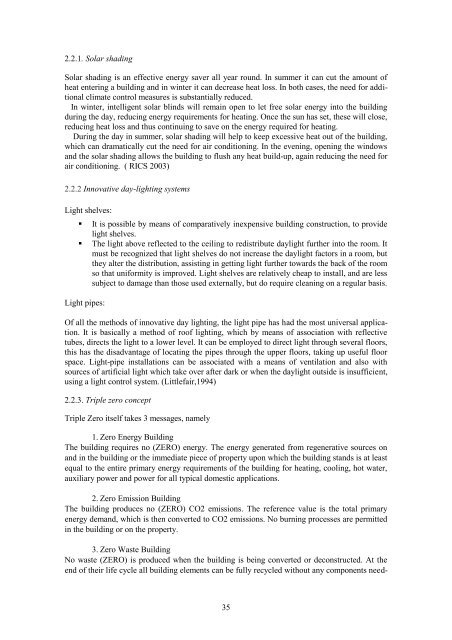
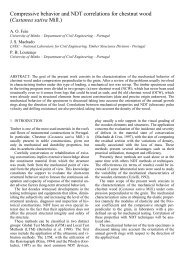
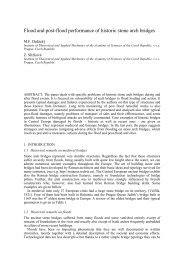
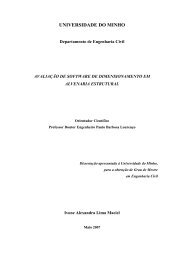
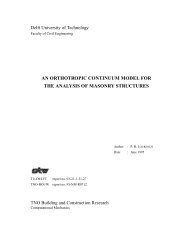

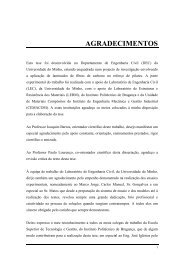

![Weibull [Compatibility Mode]](https://img.yumpu.com/48296360/1/190x134/weibull-compatibility-mode.jpg?quality=85)

